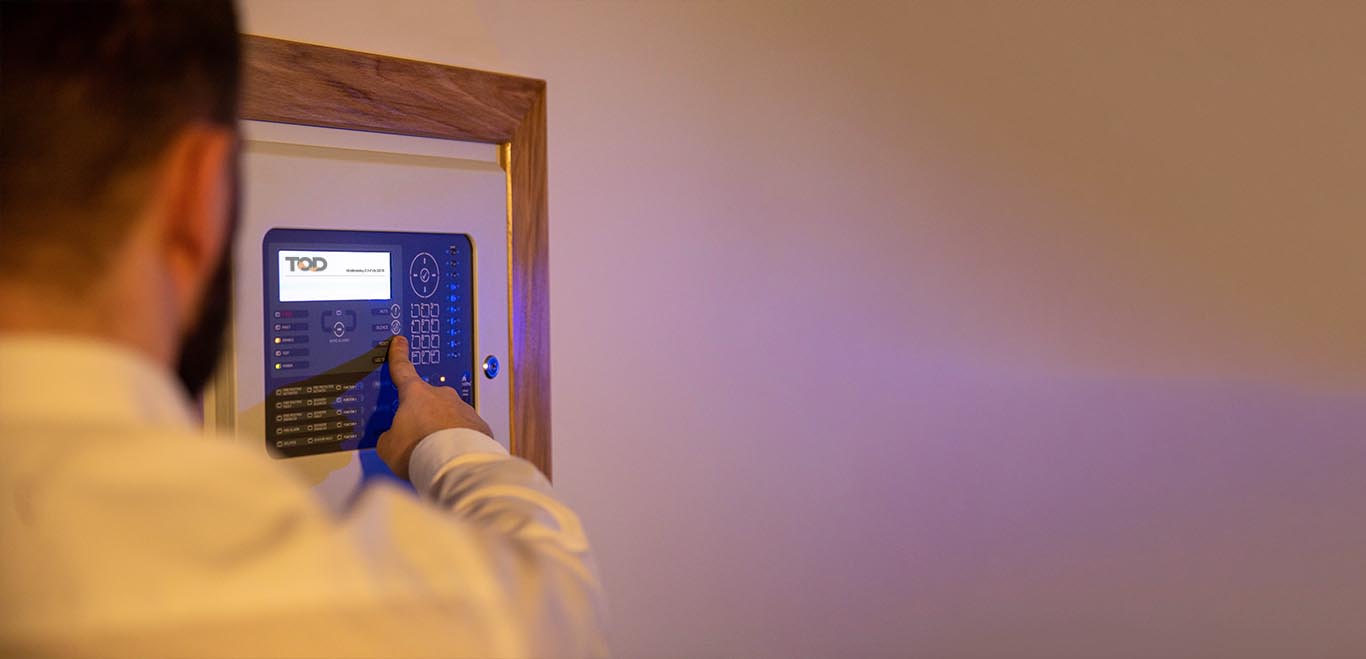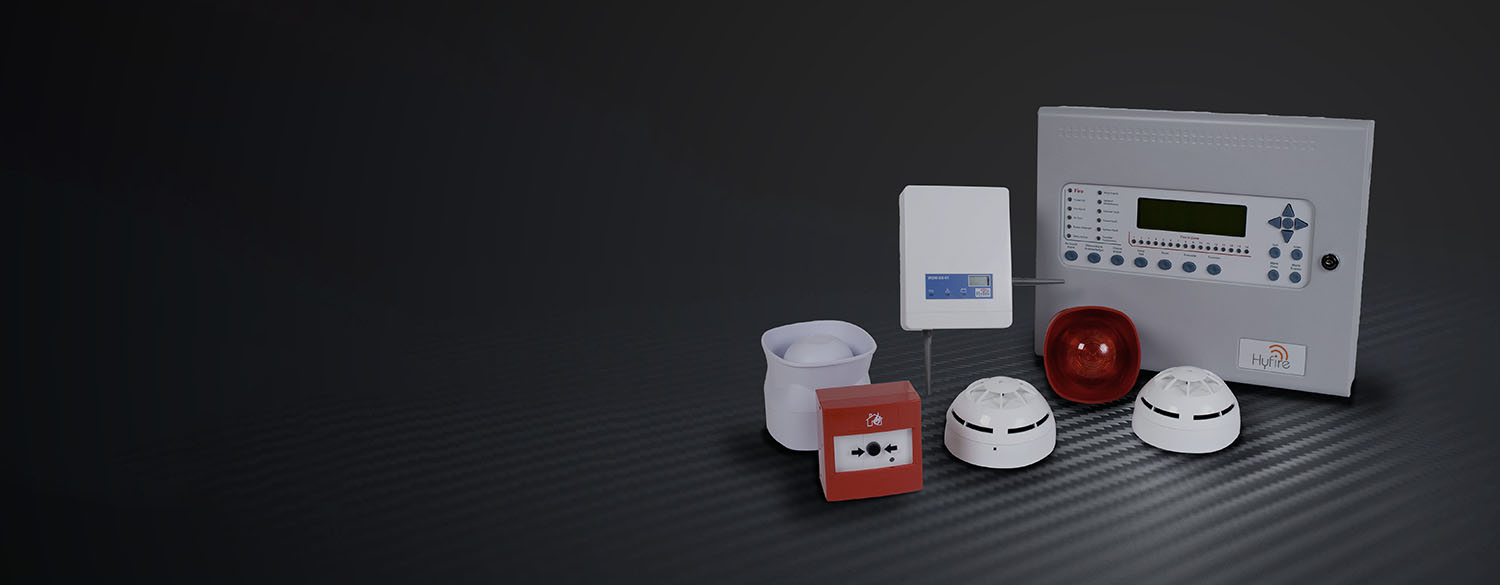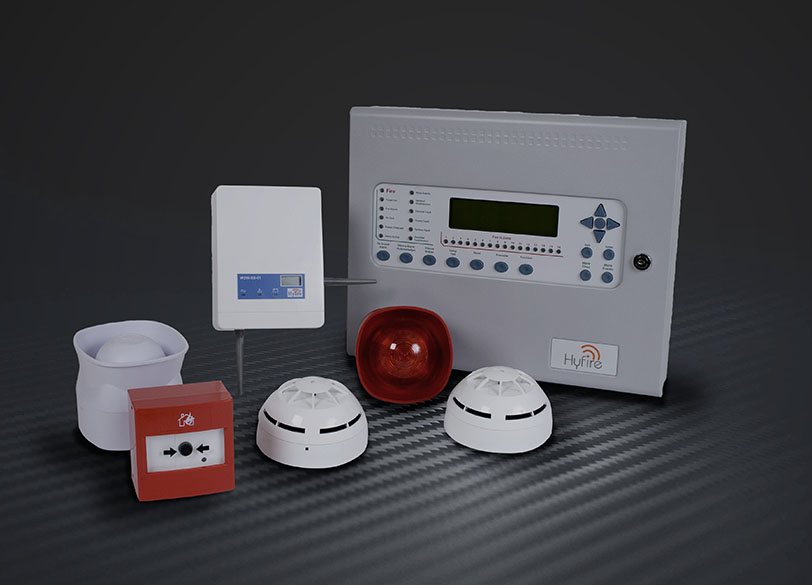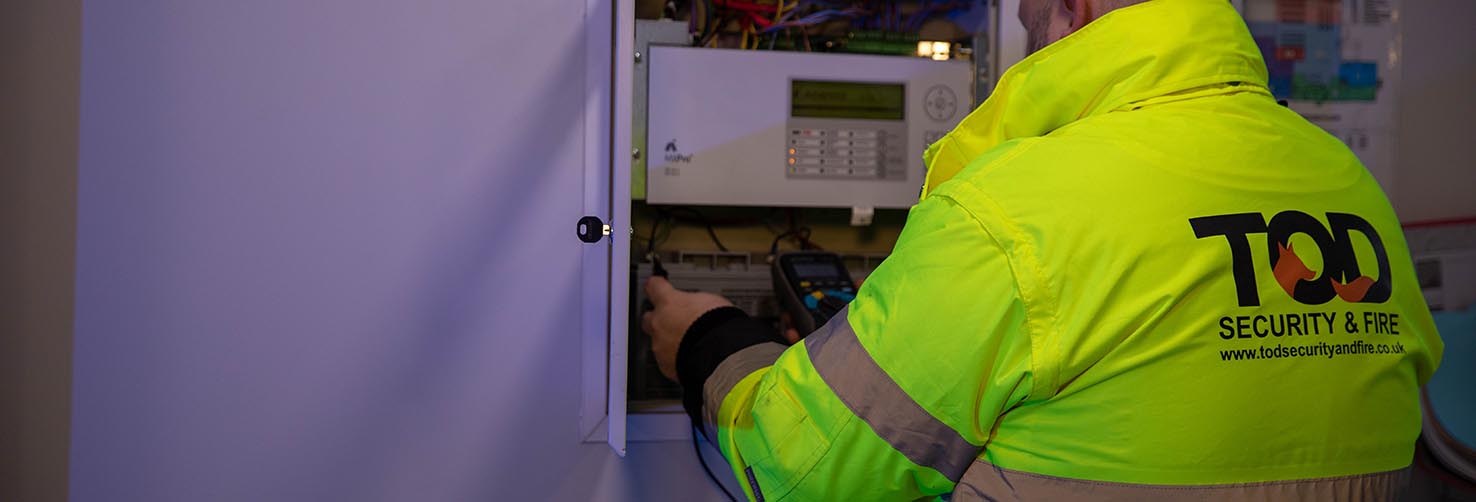Our in-house team tailor the system specification to your exact needs, providing advice and guidance on the best equipment and design to ensure a cost-effective system fit for purpose.
All commercial fire alarms are split into two main categories, L and P.
L type systems (Life)
The objective of a category L system is to provide early warning of a fire, taking into account the mobility of occupants, building layout and its use, to provide sufficient time for a safe evacuation.
L1 – Detection installed throughout the building.
Typically installed in: nursing homes and large multi-story buildings.
L2 – Detection on fire exit routes, rooms directly off fire routes and any high risk areas.
Typically installed in: hotels, HMO’s and multi-story buildings.
L3 – Detection on fire exit routes and rooms directly off fire routes.
Typically installed in: large convoluted buildings with a small number of fire exits.
L4 – Detection on fire exit routes.
Typically installed in: two-story small offices and commercial premises.
M Type – The use of manual call points.
P type systems (Property)
The objective of a category P is to provide the earliest warning of a fire to minimise the time taken from ignition of a fire to the attendance of keyholders and the fire services, minimising damage to the property.
P1 – Requires detection installed throughout the building.
P2 – Requires detection installed to areas highlighted in your assessment.
The details above are only intended as a guide and are not to be used for a system design.































